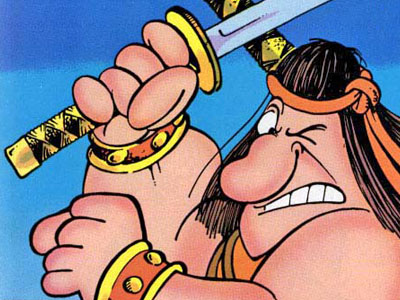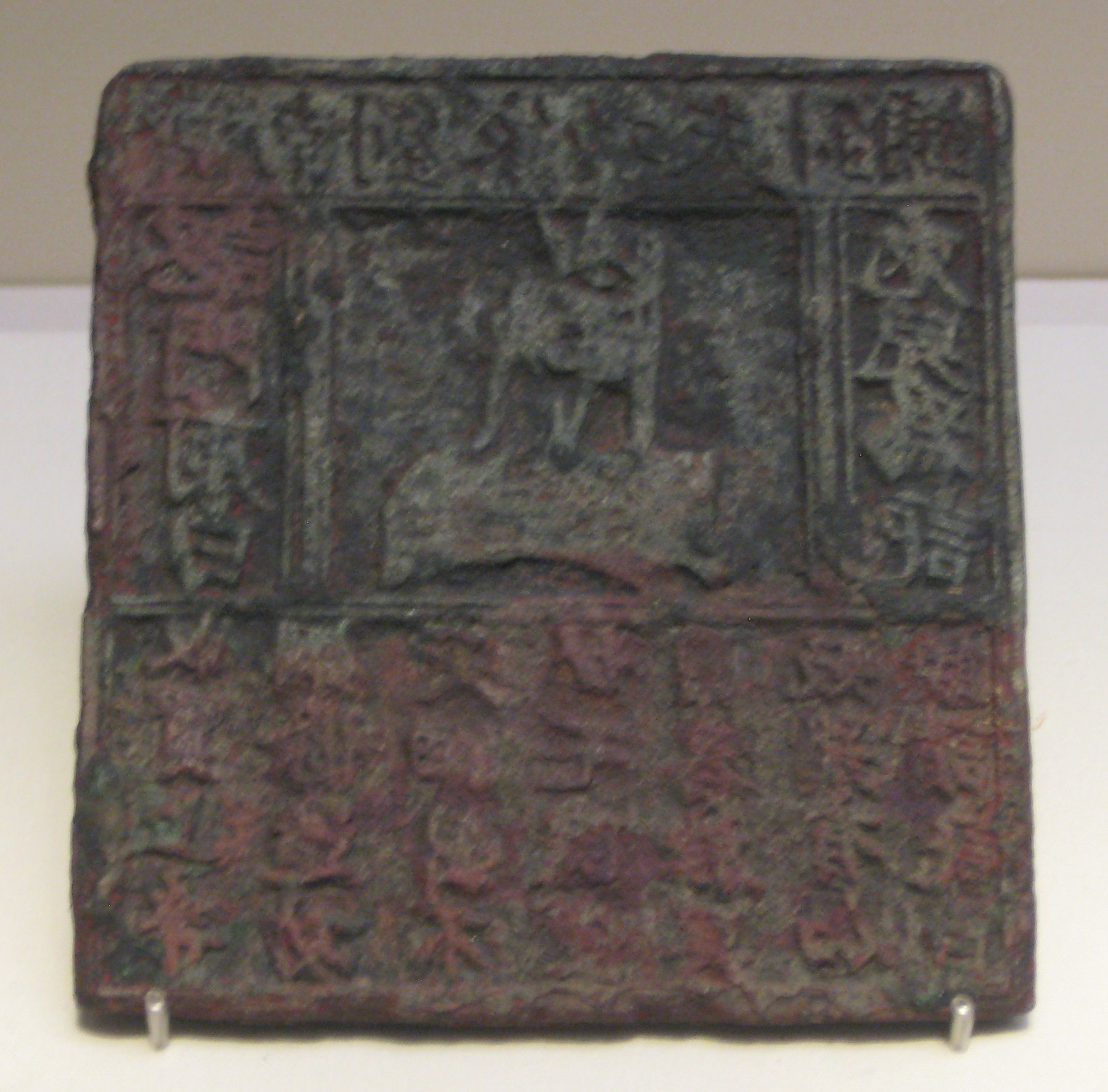All of this allows Nesteroff to consistently pull off something that most of his competitors try frequently with terrible results: he can use his specialized knowledge to tell us something interesting and useful about bigger issues like racism, censorship, the influence of organized crime in the mid-Twentieth Century (one of his specialties). For example, I knew that the Thirties was a period of intense extremism across the political spectrum, but I had assumed that during and immediately after the war, Hitler supporters would be keeping a low profile.
The Fascist Stand-Up Comic June 10, 2014
Frank Fay is considered the very first stand-up comedian. Prior to his emergence in the early 1920s, comedians accompanied their act with props and funny costumes. Even those without gimmicks rarely appeared onstage alone. Comedians had their punchlines set-up by another person, a straightman. To be a comedian meant you performed with the help of a costume or an instrument or another guy. “A comedian without a prop can’t click,” said actor Wesley Ruggles. “I learned that back in the days when I pushed the props around for Charlie Chaplin. Great pantomist that he is, Chaplin realizes the necessity of props.”
Frank Fay realized that as long as you knew what you were doing, as long as you had confidence in your material, props weren't necessary at all. The comedians insisting on props and costumes did so out of conformity or out of fear. Fay started with gimmicks like everyone else, wearing baggy pants, squirting seltzer, delivering straight lines for a comedian that circled him on roller skates - and he hated it. After humiliating himself onstage for two years, Fay decided to use the same persona he had offstage. No props, no costumes, no partner, he took to the stage wearing a well-tailored tuxedo and told jokes alone. It was so unconventional that The New York Times frowned: "“Fay needs a good straight man, as before, to feed his eccentric comedy." There was initial resistance to a man just standing and talking, but Fay's success would transform stand-up as an artform. Fellow comedians saw Fay succeed and they abandoned their props and emulated his style. Jack Benny, Milton Berle, Bob Hope and Jack Paar all cited him as an influence. Fay became one of the most influential stand-up comics of all time.
He was also comedy's most notorious racist. In January 1946, several months after Germany had been defeated, a rally of ten thousand white supremacists gathered at Madison Square Garden. They delivered speeches in support of Franco, Mussolini and their fallen hero Adolf Hitler. They promised that the defeat of Germany would not go unpunished. The podium was beneath a banner that saluted their guest of honor. The event was called "The Friends of Frank Fay."
…
People were resistant to hire him in Hollywood now that his anti-Semitism was famous. “In a business known for its lack of bigotry, he was a bigot,” said comedy writer Milt Josefsberg. “This was no secret, but widely known and well substantiated.” Fay married the struggling actress Barbara Stanwyck in 1928, before she found stardom. When she became famous, a joke about Fay made the rounds:
Q: Which Hollywood actor has the biggest prick?
A: Barbara Stanwyck.
While many celebrities distanced themselves from Fay, he found a friend in the popular radio commentator Father Charles Coughlin. Coughlin railed against “Jewish bankers” and spoke favorably of Mussolini and Hitler. His crusade against trade unions, social security and many elements of President Roosevelt's New Deal (Coughlin reportedly called it The Jew Deal) made him a hero to anti-Semites and a friend of Fay. Coughlin's political views would influence Fay in the years to come.
…
In 1944 he was resurrected by Broadway director Antoinette Perry, for whom the Tony Award is named. Perry cast Fay as the star of Harvey, a Pulitzer Prize winning play about an alcoholic that befriends a vision of an invisible rabbit. It brought Fay back to prominence and ran nearly eighteen hundred performances. He used his latest success to endorse Franco, Spain's fascist dictator.
At the end of 1945, several members of the theatrical union Actor's Equity rallied in favor of Spanish Refugee Appeal. Actors David Brooks, Jean Darling, Luba Malina and Sono Osato criticized the Spanish Catholic Church for executing leftists and campaigned to help Spanish leftists in exile. Fay was furious. He said their criticism was an attack on Catholicism as a whole. Fay demanded Actor’s Equity investigate each anti-Franco member for un-American activity.
The House Committee on Un-American Activities acted on Fay’s suggestion and the actors were vetted. The New York Times reported that Fay “held no brief against any member of [Actor’s Equity] for political beliefs. He resented, however, that Equity members should be party to rallies that condemn religious groups.” Equity president Bert Lytell objected to the political investigation. “Equity members have a wide latitude of interests and beliefs that they may practice and advocate as private citizens.” Actor’s Equity stood by Brooks, Darling, Malina and Osato. Rather than expel them from his union, Lytell censured Frank Fay for “conduct prejudicial to the association or its membership.”
…
In response to the censure, allies of Franco, members of the Ku Klux Klan and the American Nazi party organized a rally at Madison Square Garden in January 1946 called "The Friends of Frank Fay.” Speakers included Klan ally Joseph Scott, Nazi Laura Ingalls, publisher of anti-Semitic pamphlets John Geis, and the prolific Joseph P. Kamp, who had used the KKK's mailing list to distribute his work about “Jewish influence” and America’s “Communist President” Franklin D. Roosevelt.






